
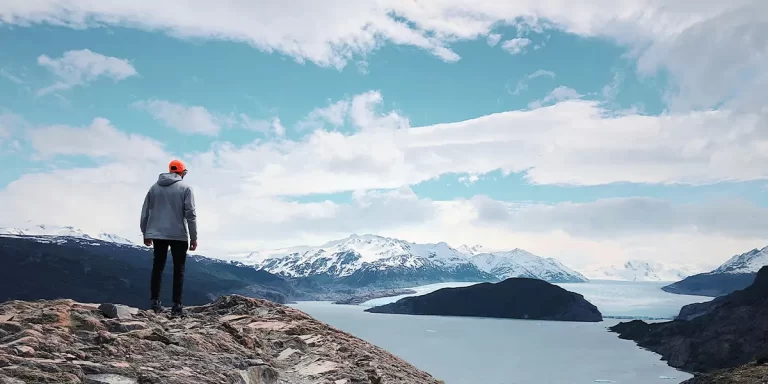
Backpacking in Argentina offers immense variety for outdoor enthusiasts, from the towering Andes mountains to the vast grasslands of Patagonia, including popular destinations like the Lake District and Iguazú Falls.
And that’s what this post is all about – backpacking in Argentina. We’ll provide tips to help you prepare for backpacking in this diverse country as well as showcase the TOP 5 multi-day trails in Argentina.
If you are an experienced backpacker, the tips and trails in this guide will inspire your next trip to this beautiful country, since Argentina is best for those with more experience.
Interested? Let’s get started.
Discover the most stunning long trails in Argentina for amazing adventures:

Janitoalevic, CC BY-SA 4.0, via Wikimedia Commons
Length: 41.5 mi / 66.8 km
Type: Loop
Difficulty: Hard
Elevation Gain: 9311 ft / 2838 m
Location: Reserva Provincial Lago del Desierto
Estimated Hiking Calorie Burn: 5600 calories
More Details: See on AllTrails
The 41.5-mile Cerro Huemul Circuit near El Chaltén, Argentina is a 4-5 day scenic yet demanding backpacking trek, best from November to April. Key highlights include potential glacier hiking and stunning views of glaciers and the Southern Ice Field. With high elevations, windy passes and remote camping, it’s a strenuous but rewarding adventure for experienced, prepared backpackers seeking solitude and incredible Patagonian scenery.
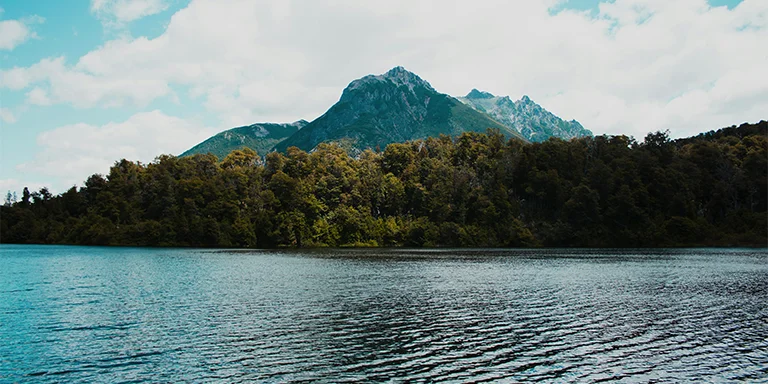
Length: 31.3 mi / 50.4 km
Type: Out and back
Difficulty: Hard
Elevation Gain: 6476 ft / 1974 m
Location: Área Natural Protegida Río Azul–Lago Escondido
Estimated Hiking Calorie Burn: 4500 calories
More Details: See on AllTrails
The 31-mile out-and-back trail near El Bolsón offers scenic Patagonia backpacking from October-April, taking around 16 hours. Highlights include staying at rustic refuges in the Río Azul-Lago Escondido Protected Area, hiking through ancient forests to Los Laguitos, and optional side trips to glacial amphitheaters. The multi-day route features remote refuges like Retamal and Mañíos along the challenging but rewarding trail, which requires proper planning for a safe alpine adventure.
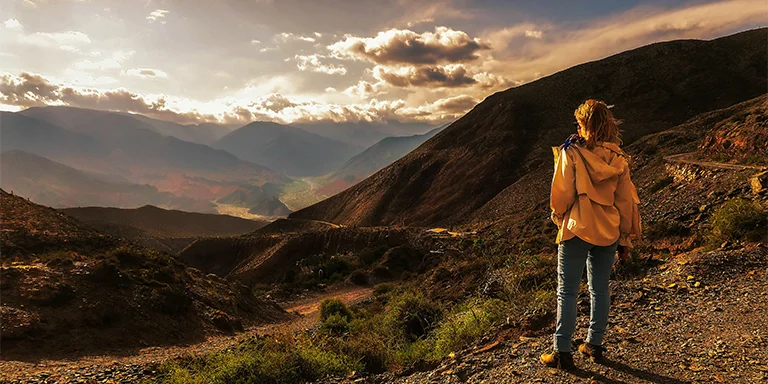
Length: 38.7 mi / 62.3 km
Type: Point to point
Difficulty: Hard
Elevation Gain: 9376 ft / 2858 m
Location: Tilcara
Estimated Hiking Calorie Burn: 6200 calories
More Details: See on AllTrails
The 38.7-mile trail in Argentina’s Jujuy Province is an amazing but super difficult 4-day backpacking route from November to April. It starts in Tilcara and takes around 24 hours of hiking to reach San Francisco. But the journey could take way longer because of the crazy high elevations with over 23,000 feet of uphill climbing and hardly any water sources along the way. The trail is really remote and barely used, so you’ll need to come fully prepared and know what you’re doing. Having a guide is highly recommended to stay safe on this intense multi-day hike through the breathtaking but challenging high altitude landscapes. Only go it alone if you’re an expert backpacker with serious skills.
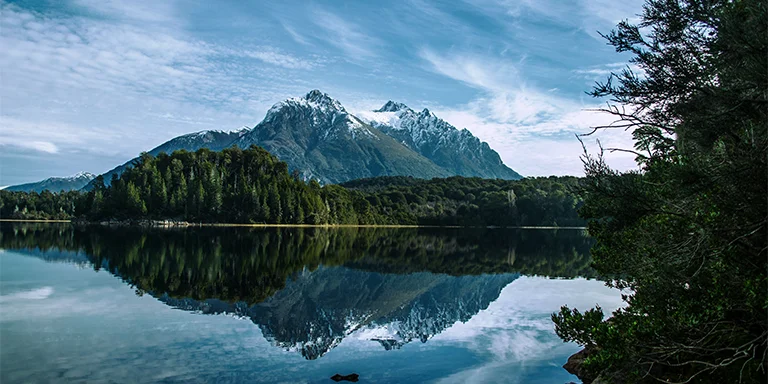
Length: 47.2 mi / 76 km
Type: Out and back
Difficulty: Hard
Elevation Gain: 12 926 ft / 3940 m
Location: Bariloche
Estimated Hiking Calorie Burn: 8000 calories
More Details: See on AllTrails
The 47.2-mile out-and-back trail near Bariloche offers a scenic but challenging 6-day backpacking route from December-March, taking around 27 hours. Highlights include fishing, camping, and staying at iconic refuges like Hielo Azul and Los Laguitos along the way to explore turquoise lakes. The remote route features beautiful Patagonian landscapes but requires hiking experience due to potentially difficult weather conditions on certain sections.
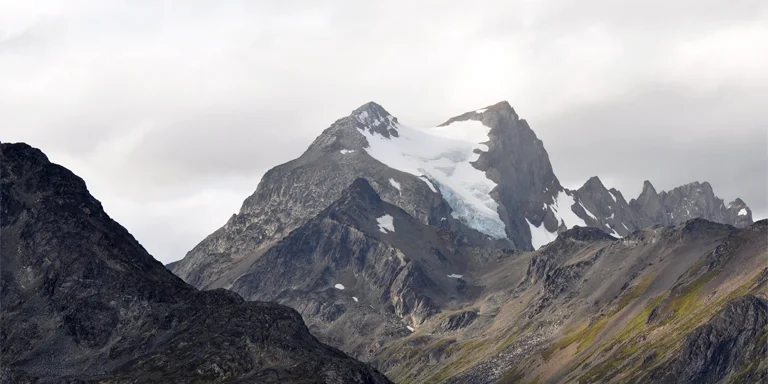
Butterfly austral, CC BY-SA 3.0, via Wikimedia Commons
Length: 26.8 mi / 43.1 km
Type: Point to point
Difficulty: Hard
Elevation Gain: 6568 ft / 2002 m
Location: Ushuaia
Estimated Hiking Calorie Burn: 4200 calories
More Details: See on AllTrails
The 26.8-mile point-to-point trail near Ushuaia, Argentina is an extremely challenging year-round backpacking route only for very experienced hikers. It traverses forests, rivers and bogs with stunning views of Lake Fagnano from high passes. You’ll camp amid waterfalls and glacial lagoons while navigating the sometimes unclear, changing terrain using GPS and route-finding skills. Despite the remoteness, safe water sources mean lighter loads.
Argentina’s varied geography and climates means weather depends on region and season:
When exploring Argentina’s natural beauty through backpacking or hiking, it’s important to know about fire rules, which can change based on where you are and the time of year due to the risk of wildfires. Many national parks don’t allow open fires year-round, but gas stoves might be okay. In hot and dry times, extra bans could be in place to stop sparks. Before your trip, check the fire rules with local authorities to avoid penalties for having a fire without permission. If fires are allowed, be careful. Use only dry wood in designated fire pits, put out embers completely, and dispose of cold ashes properly for safety and to protect the environment.
Backpackers taking in Argentina’s varied outdoors landscapes must prepare with basic safety measures for fully experiencing the wilderness of South America. Outdoor enthusiasts should pack extra layers and rations when backpacking through diverse terrains prone to sudden weather shifts. Notifying contacts of intended routes and schedules enables search efforts if delayed in the extensive outdoors areas. Observing condors and other wildlife also necessitates distance from potentially hazardous snakes for hikers’ protection. At trailheads in remote zones without cell reception, signing outings into logs facilitates accountability for backpack travelers. Carrying document copies split between packs likewise safeguards explorers enjoying the nation’s diverse landscapes from lost luggage mishaps during outdoor adventures.
When trekking through Argentina’s varied natural settings, from Patagonia’s mountains to the jungles of Misiones, hikers may come across local wildlife. It is best to give all animals space and never approach, feed or disturb them. If encountering pumas, hold your ground and avoid running while backing away slowly. Jaguars should be observed from a safe distance only. If confronted by Andean bears, do not threaten their cubs and back away. Snakes like coral and yararas should be safely avoided. Insects can be warded off with closed clothing, repellent and nets. Being aware of your surroundings and responding calmly to encounters allows backpackers to safely admire Argentina’s beautiful biodiversity from a respectful remove.
Argentina offers diverse natural beauty within its national parks, with some of the most visited providing stunning and unique landscapes for outdoor enthusiasts. Glacier-carved patagonia landscapes and cerulean waters can be explored at Los Glaciares National Park, a top destination. Towering peaks and colorful lakes attract hikers to Nahuel Huapi National Park nestled in the Andes. Pristine forests and glistening waterfalls of Iguazu National Park draw visitors hoping to admire one of the world’s natural wonders. With incredible biodiversity and wilderness, these premier parks never fail to deliver awe-inspiring outdoor experiences showcasing Argentina’s phenomenal scenery.
U.S. citizens do not need a visa to visit Argentina. Citizens of the United States can enter Argentina for tourism purposes for up to 90 days within any 120-day period without obtaining a visa beforehand. To receive an entry permit, travelers simply need to present a valid U.S. passport and fill out an affordable tourist card upon arrival in Argentina. No other documentation is required for visits of less than 90 days. This allows U.S. citizens to freely explore Argentina and enjoy its welcoming culture, world-class cuisine, and scenic natural wonders without dealing with the hassle of obtaining a visa in advance of travel.